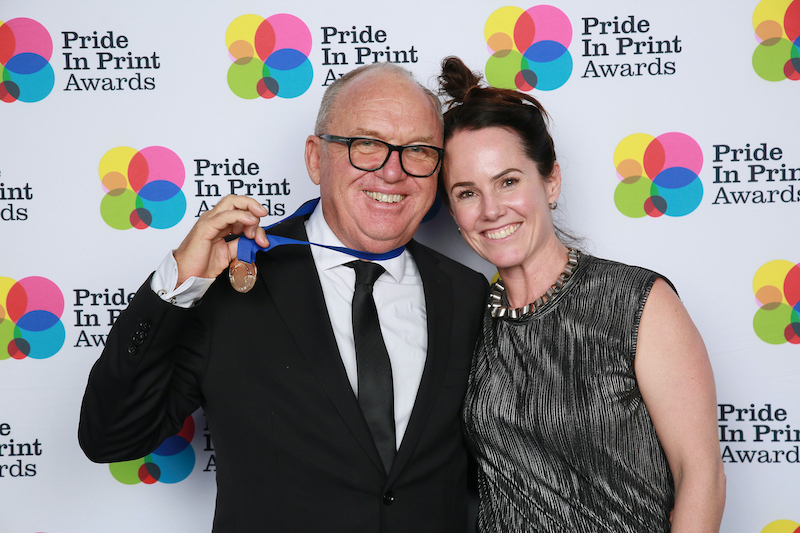 ICG
ICG

All writing requires the storyteller's art
As a journalist, you know when the stories you write have an effect. I’ve received strongly worded complaint letters and abusive emails. Former colleagues have been the subject of internet trolling; one was harassed while having a quite beer in a pub. And this was in the world of entertainment and sports. God forbid you take on presidents, sheikhs and oligarchs.
Marketing content writers receive no such feedback. At best, they hope that their prose will help drive the sales of a particular product or company. They live in hope that their words will, at least, be read past the introductory paragraph … by somebody … please! Many lose that hope.
Load of Bull
In his recent book Bullshit Jobs: A Theory anthropologist David Graeber discusses the many millions of words churned out daily by marketeers and communications professionals. Most, he claims, are meaningless and serve no purpose, and are created and propagated by people fully aware of the futility of their work. These are the jaded people stuck in bullshit jobs, tapping out bland sentences that nobody will ever read.
But it does not have to be like that. Graeber’s solution to the piles of ordure is simple: creativity. If any type of work is artistic, he argues, it gives meaning to its creator and makes a positive contribution to society. It’s an approach that can elevate copy writing from the bland to an art form.
Words Count
It is not hard to spin a yarn. It’s been at the heart of human civilisation since Og and Zog sat around grilling woolly mammoth steaks. But whether you are telling campfire tales or writing marketing copy, if you want to keep your audience, you must apply the basics of the storyteller’s art:
Keep It Relevant
Stick to your story. Don’t get sidetracked from your message, and don’t pad out paragraphs with meaningless quotes and waffle. It will detract from what you are trying to say and put off readers.
Keep It Clear
Avoid technical jargon and obscure references. Keep sentences short and pay attention to punctuation and grammar. A reader should not have to reread a sentence to understand its meaning. If they do, you’ve both lost the plot. Break down your story into bite-sized chunks, especially if you’re writing for online, where attention spans are short.
Keep It Entertaining
Dry content doesn’t mean you have to use boring prose – words are fun and there are dictionaries full of them. Wherever possible inject a human element, and write as you would talk to somebody – it’s the most direct approach. Don’t be afraid to use newly minted words and expressions, as they add vibrancy. Draw the line at emojis.
The job of a content writer is to tell stories. If they are lucky, they get feedback; if they are very lucky it’s positive. But even if they hear nothing, if they’ve cut through the BS and delivered something they are proud of, they’ve still written a story with a happy ending.
Subscribe to Email Updates
Embracing the tangible power of print
Posted at 14/08/2023 10:37:51 AM
Molly Woppy and SCG: Partnering for Environmentally Friendly Packaging
Posted at 21/06/2023 10:29:22 AM
SCG bestowed with Sustainability Award
Posted at 27/06/2022 12:37:27 PM
Award winning print
Posted at 22/06/2022 5:14:32 PM
Soar Print and ICG have merged, creating Soar Communications Group (SCG)
Posted at 7/01/2022 12:02:59 AM
Award winning print
Posted at 22/06/2022 5:14:32 PM
Soar Print and ICG have merged, creating Soar Communications Group (SCG)
Posted at 7/01/2022 12:02:59 AM
SCG bestowed with Sustainability Award
Posted at 27/06/2022 12:37:27 PM
Embracing the tangible power of print
Posted at 14/08/2023 10:37:51 AM
Molly Woppy and SCG: Partnering for Environmentally Friendly Packaging
Posted at 21/06/2023 10:29:22 AM





